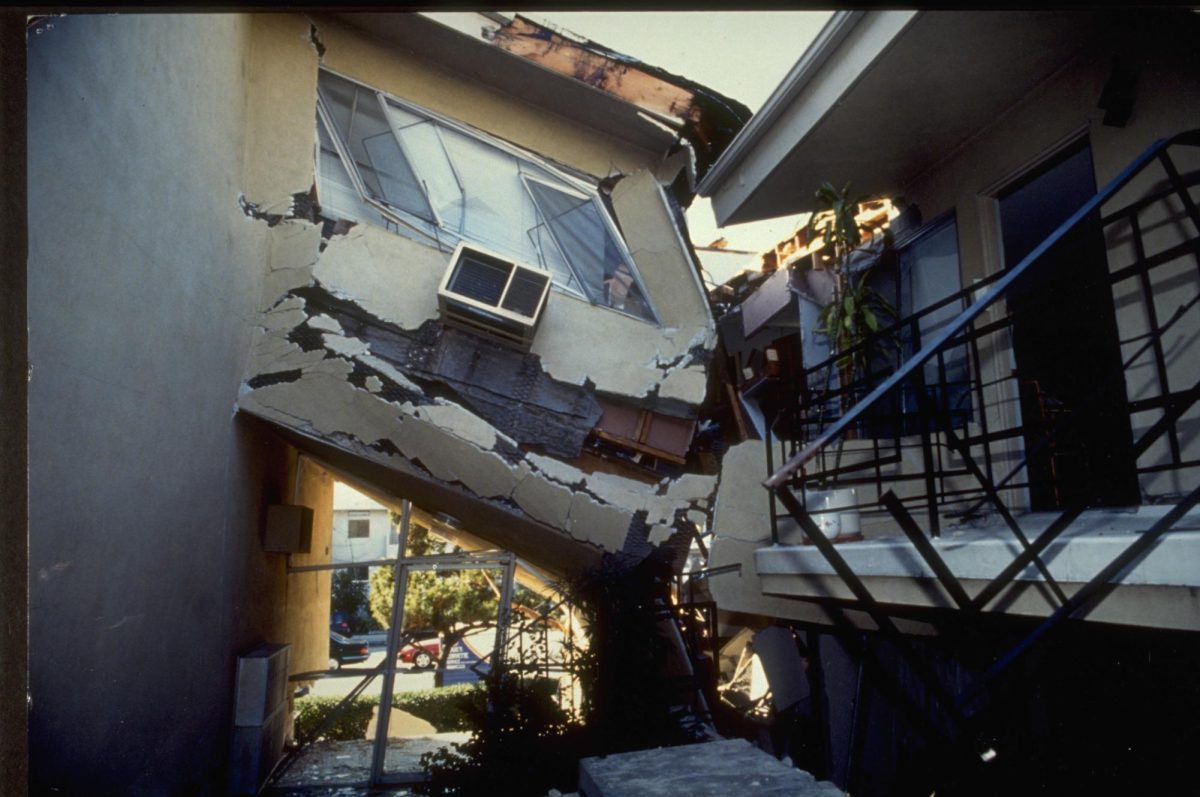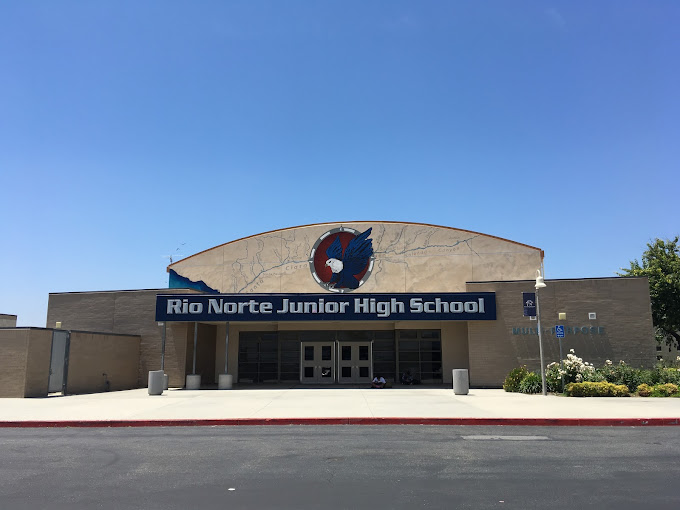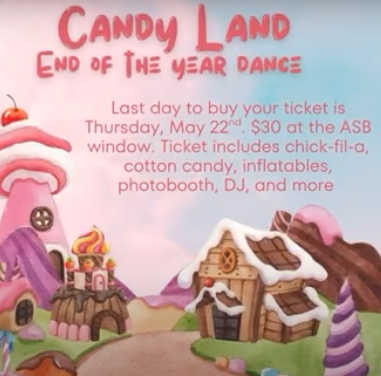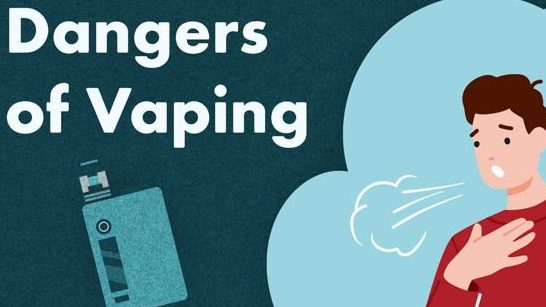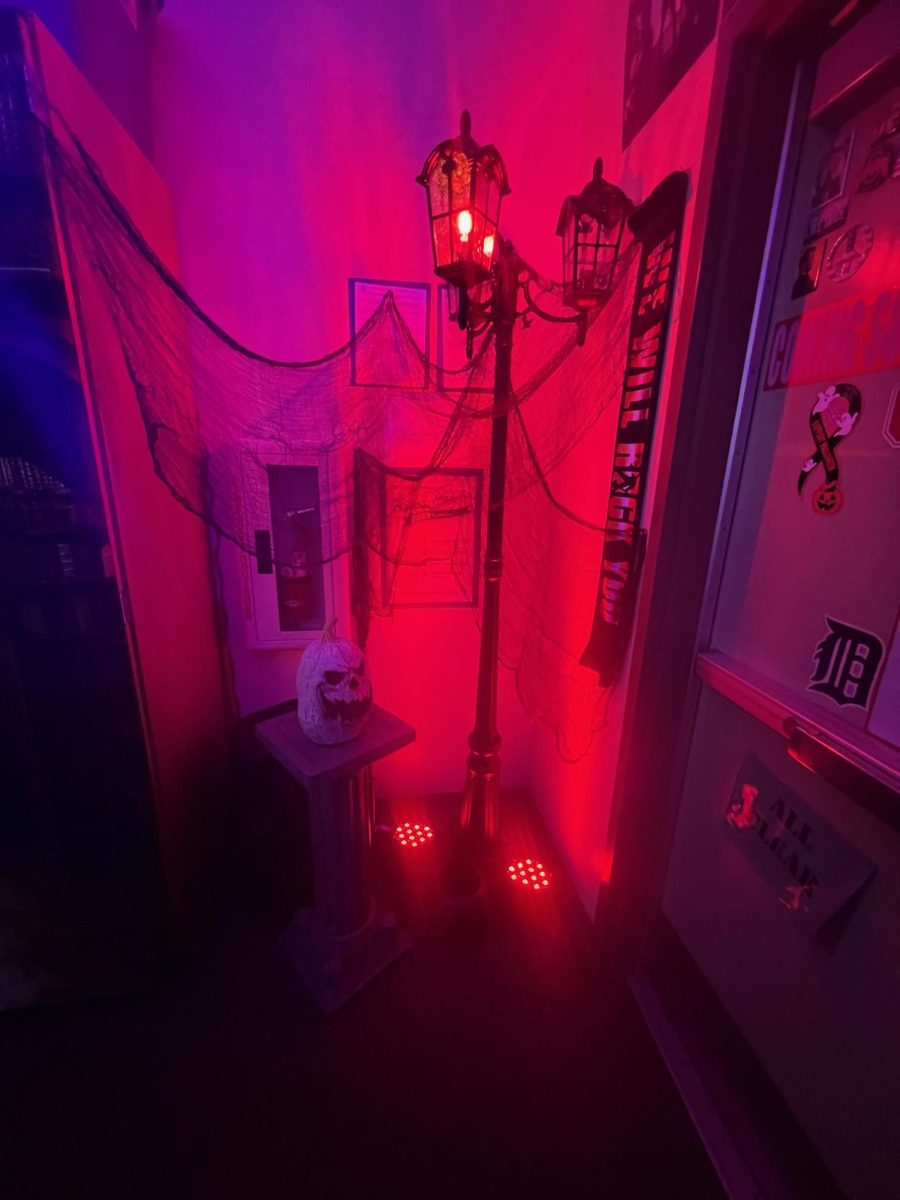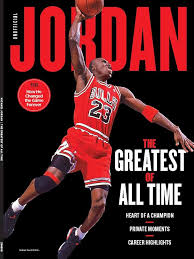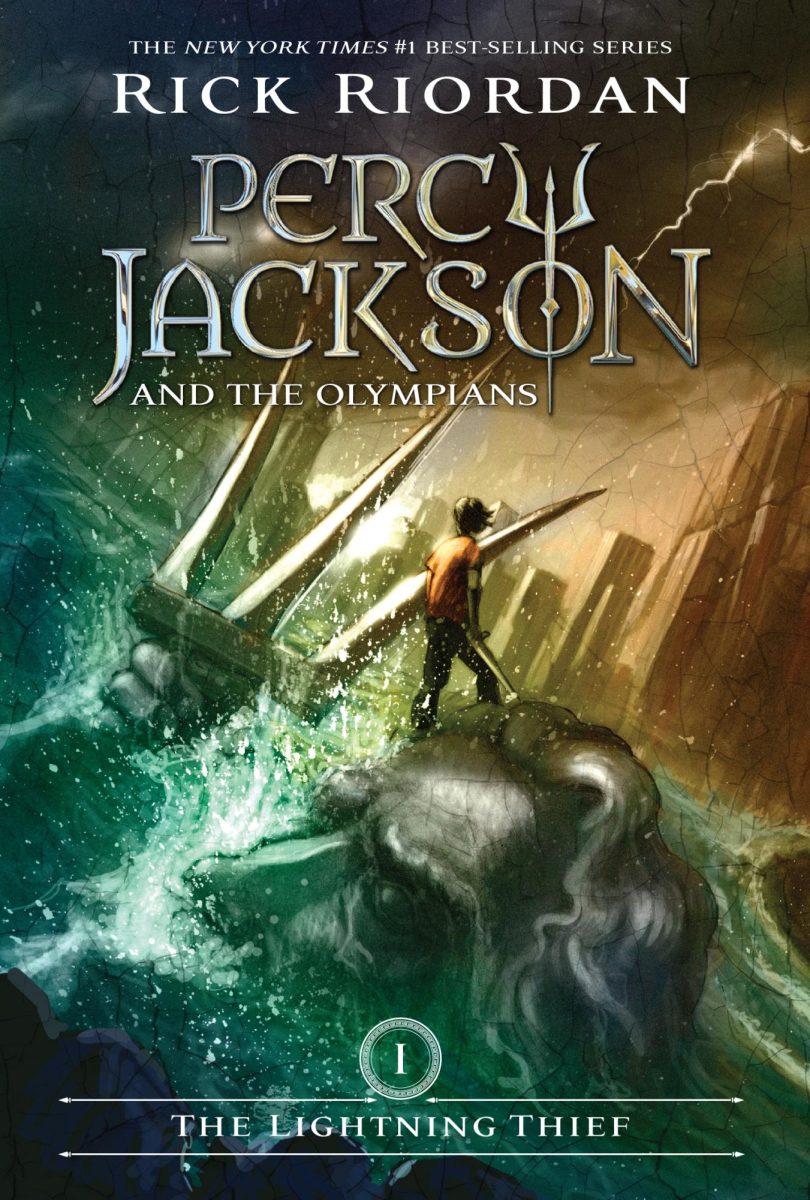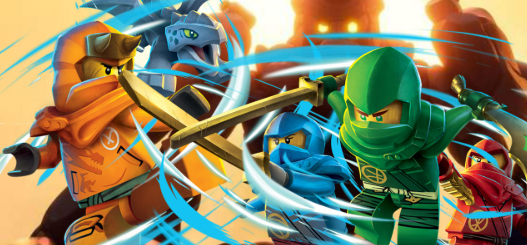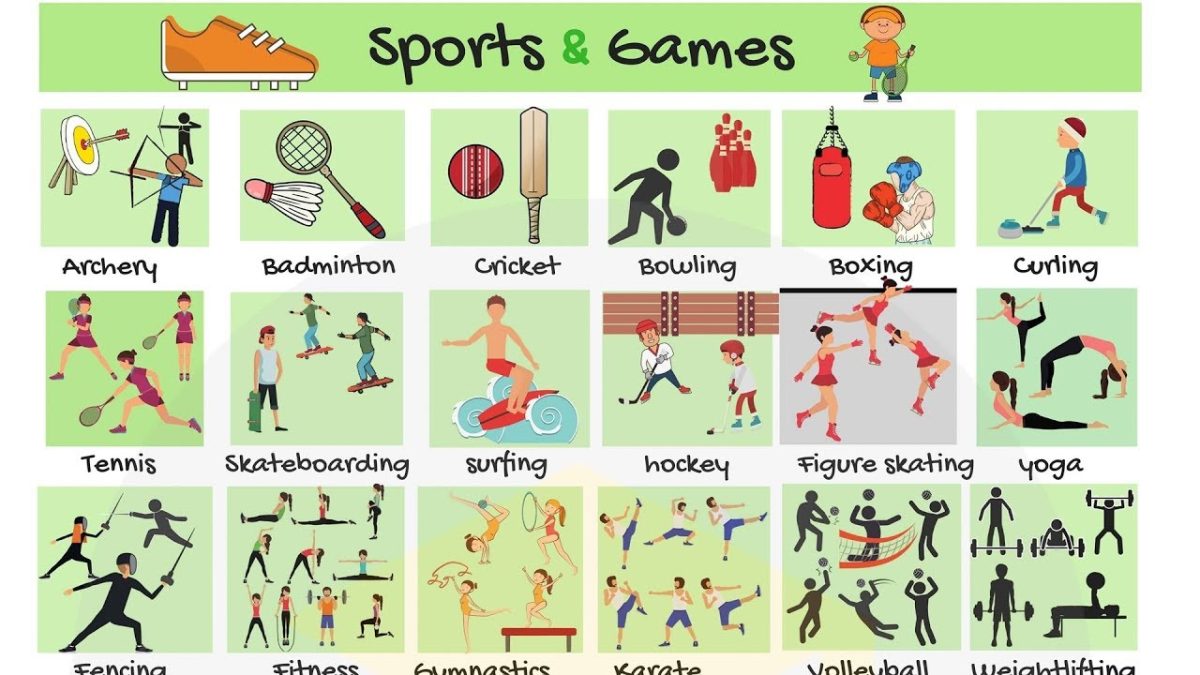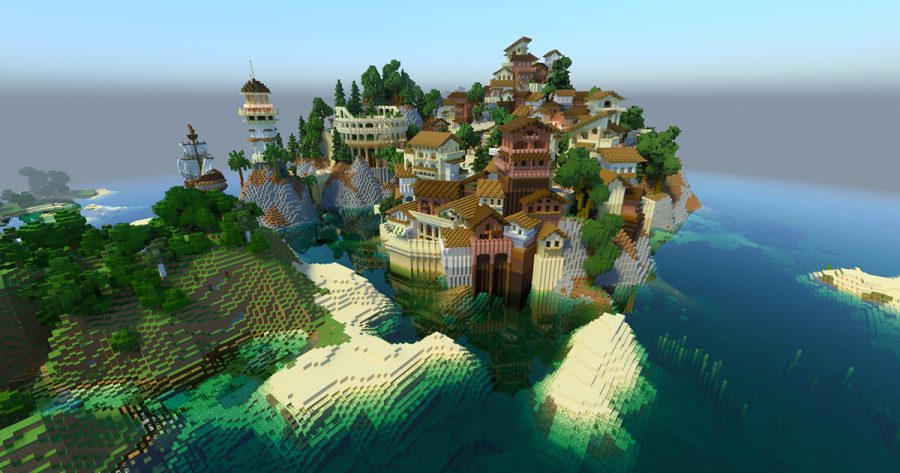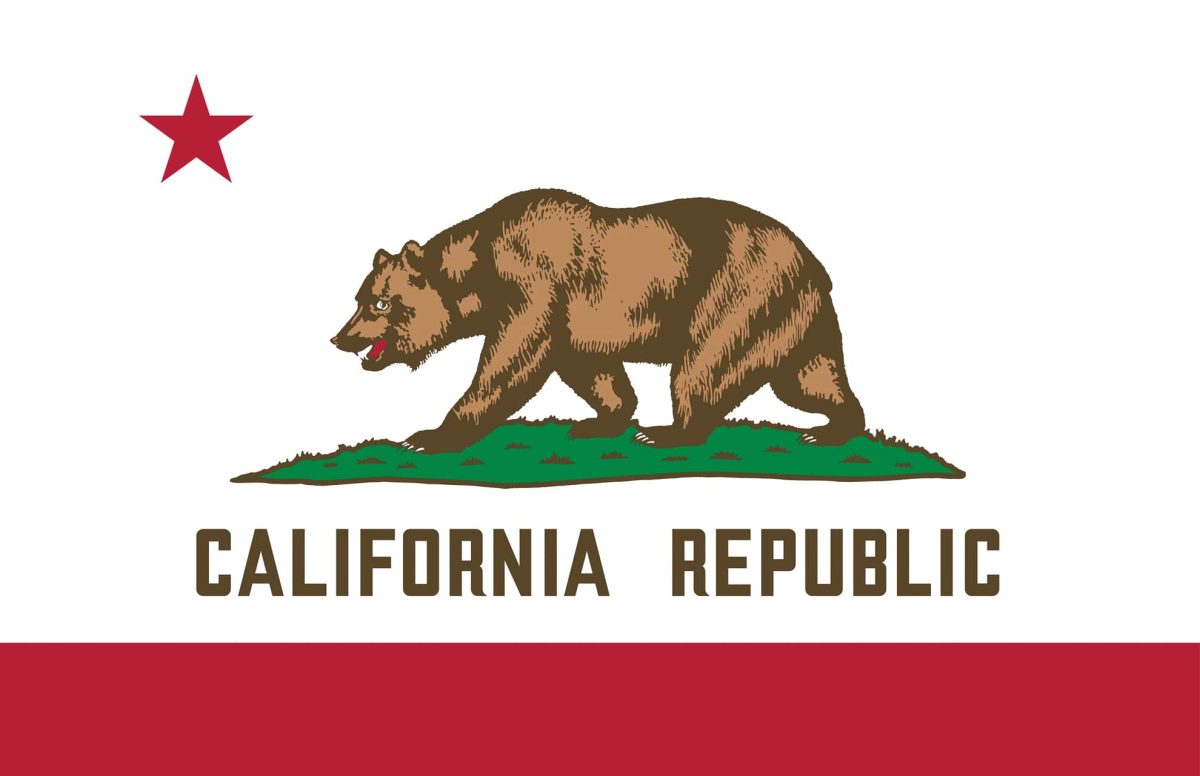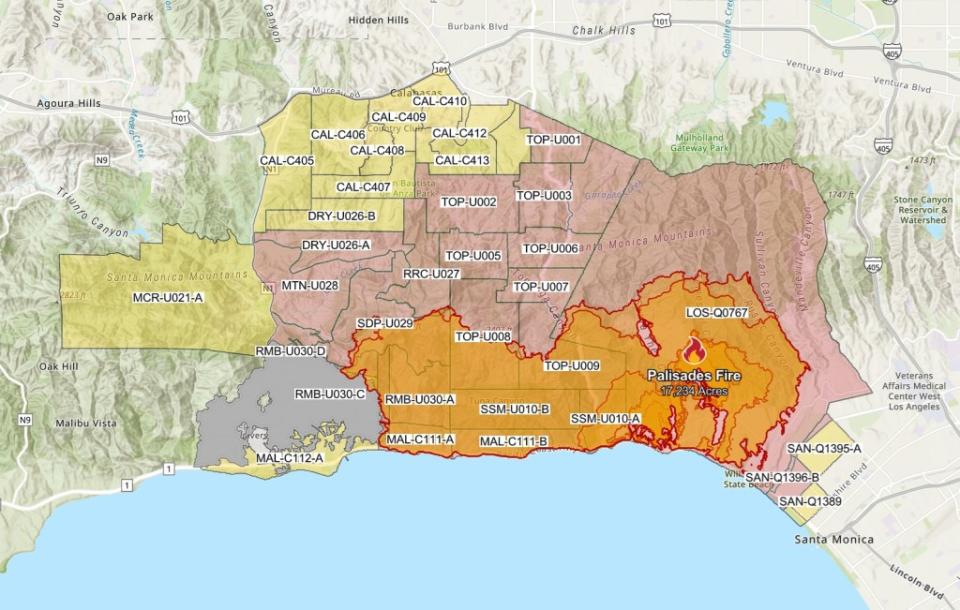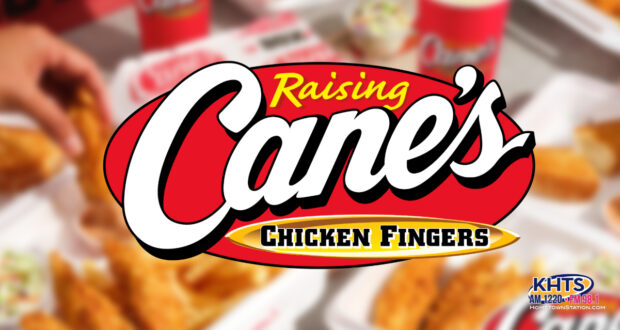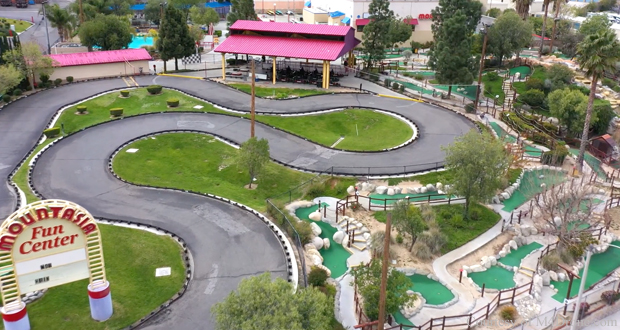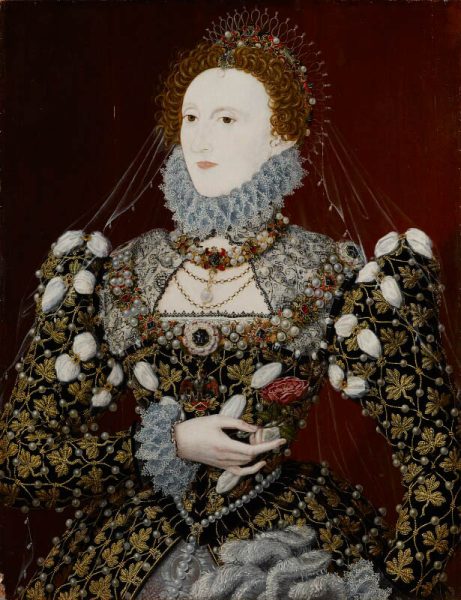
Hairstyles have been around for centuries. They have been a way to express someone’s identity and culture. They also enhance someone’s looks, individuality, and creativity. Hairstyles have changed so much throughout the centuries. Hairstyles will still change at times, always based on trends or icons that make them known.
All the way back to 3000 BC-AD 500, “Hair has been adorned and styled for thousands of years. In ancient civilizations like Egypt, Mesopotamia, and Greece, hairstyles often signified one’s social status and role in society. For example, the iconic braided wigs worn by Egyptian pharaohs and noblewomen symbolized power and sophistication.”( The Evolution of Hairstyles: A Journey Through Time). This tells us about how hair has always been something to show off who you are or your power. Moving up to 1420-1550, the Renaissance era, according to Marina Viatkina, who wrote a blog on the Human Stories and Ideas website, most women would grow their hair long and tie it up to their head and would cover it with snoods or veils. Moving ahead to 1550-1630, the Elizabethan era, Queen Elizabeth I of England was the hottest fashion statement. Queen Elizabeth I was a fashion icon who started trends in hairstyles. She was the hottest icon, “As Elizabeth’s wardrobe became more opulent and elaborate, with a more exaggerated silhouette, so did that of her courtiers.” (Royal Museums Greenwich.) She was the queen, and most people looked up to her. An example of a trend was to comb back her red curly hair to enhance her pale skin, red cheeks, and red lips. She would also style her hair by wearing a circular ruff collar that was usually made from pleated frills of starched linen cambric or lace.
Between 1630 and 1680, the Henrietta Maria of France era was a hairstyle that was created in France and spread across Europe. It was a curly hairstyle, it would be grown down to the shoulders with little curl swirls on the forehead.
Next to 1680-1720, the Fontanges era, the name’s origin is from a mistress of King Louis XIV, the Duchess of Fontanges. Even though she died at the age of 20, she left an impact with her hairstyle. She would pile her hair up on her head and would fasten it with ribbon bows, linen, and lace, and then place a small linen cap beneath. Next, from 1720-1770, in the Tête de Mouton era, ladies would wear their hair in curls or waves that were tight at the head. The Tête de Mouton presented the changing trend of the 18th century. Moving on to 1770-1790, the Marie Antoinette era was a short amount of time, but it still counts. The hairstyle called for the hair to go up 2 feet, and it was called the pouf. And like the Tête de Mouton era, it was just as tall and big. According to 1770s Hair & Style Chloe Britchford FMP, “Often because they simply couldn’t afford haircuts but also because Long Hair was seen as more attractive.” In 1790-1815, the Neoclassical era, ladies would wear their natural, loose hair or they would have short hair. The hairstyle was possibly inspired by the art or culture of ancient Greece or Rome for a more natural look. Ladies would style it by wearing high-waisted, plain white dresses.
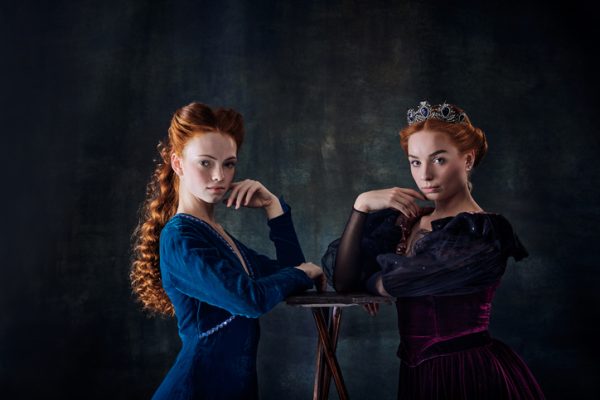
Now, in the 1815-1835 Romanticism era, ladies would have their hair long and would comb it into massive curls, making it into a looped bun at the top of their head. Ladies back then would have twists, loops, and braids in their hair. They would wear dresses with waist low, corsets, and clothes with big sleeves. Moving to 1835-1900, the Victorian age, by this time, the curling iron was invented and wavy hair had a comeback. Ladies would have a sleek hairstyle with waves in their hair, cute and simple. They would wear dresses that had corsets and big voluminous dress skirts.
Moving to the 1890-1910 Gibson Girls era, it was named after American graphic artist Charles Dana Gibson. It was a natural look, wavy long hair in a loose bun at the top of their hair, simple. They would wear evening dresses to style it. Next, the 1900s and above. In the 1920s, ladies would have a short bob cut, and then in the 1930’s they would wear their hair in a style called Glamorous Waves. It was still short, just with waves. In the 1940s, ladies would pin up their hair in something simple. Then, in the 1950’s the style moved to show elegant curls inspired by Marilyn Monroe. The hairstyle became part of the Hollywood era.
Starting in the 1960s, ladies’ hairstyles changed every ten years. First, women in the 1960s wore their hair long and swaying or having it flipped out at the ends. Black culture became a movement, and black women brought in the Afro style, embracing their natural hair texture. The 1970’s rolled in and so did the Shag look. Shaggy hair was a rock-and-roll look. Also, Disco Glam loved curls, which were bouncy, big, and were the rage. In the 1980s, the most popular hairstyle guys had was a mullet. The mullet comes from the 70s with David Bowie, and the guys brought it back. The mullet was short in the front and sides and long in the back. The 80s also gave the world the slick-back look, Men slicked back their hair with gel or mousse.
In the 1990s, Ladies had a haircut called The Rachel, it was more layered, had short hair, and was pin straight. It would curve towards the face. Then, in the 2000s, hair was pin-straight for days. It wasn’t all about volume or crazy hairstyles, ladies mainly had pin-straight hair. In the 2010s, curly hair made a comeback, and it was all about having curly and bouncy hair. Next to the 2020s, anyone had their hair however they wanted it. It could be hot pink curls or a blonde buzz cut, long pin-straight hair, the afro, the mullet, it was anything that they wanted it to be. It didn’t matter what the hot hairstyle was or what everyone else had. According to Josephine Pan, the author of “2025 Hair Trends: 26 Haircuts Everyone Will Be Rocking” from Perfect Corp.com, the newest and best hairstyle of 2025 is the Bixie cut. It’s a mix of a pixie cut and a bob, it’s blended into one hairstyle. It’s the volume and length of a regular bob mixed with the layers of a pixie cut. It’s mixed perfectly with both hairstyles.
It’s all about expressing yourself with what you have, so your hair, clothes, makeup, tattoos, and piercings. It’s the way someone wants to use themselves to show who they are. It’s someone’s looks, individuality, and creativity. Or it could just be the hottest hairstyle of the time. The importance mainly matters to the person whose hair it is.
Works Cited
https://harpersbazaar.com.au/hair-trends-throughout-history/
https://medium.com/hidden-gem/history-of-womens-hairstyles-56187a02b992
https://www.nhbf.co.uk/news-and-blogs/blog/the-evolution-of-hairstyles-a-journey-through-time/
https://www.perfectcorp.com/consumer/blog/hair/hair-trends#:~:text=Bixie%20Cut, Source%3A%20Instagram%20%40hirohair&text=The%20bixie%20is%20a%20hybrid,a%20splash%20of%20vibrant%20color
https://chloebritchford.wixsite.com/chloebritchfordfmp/blank-1
